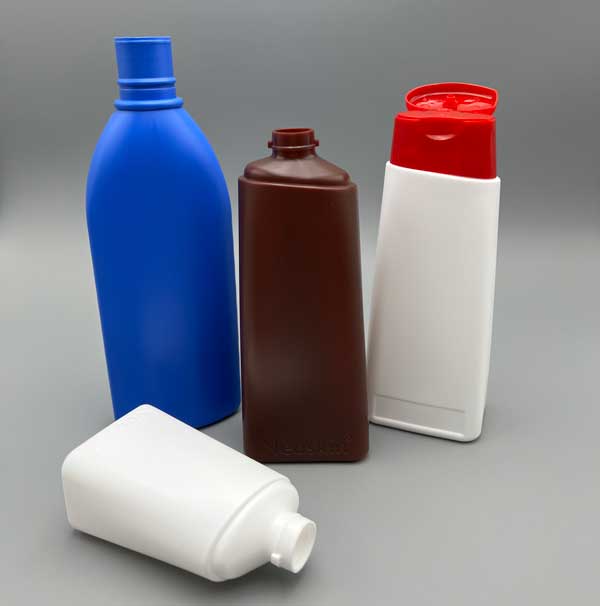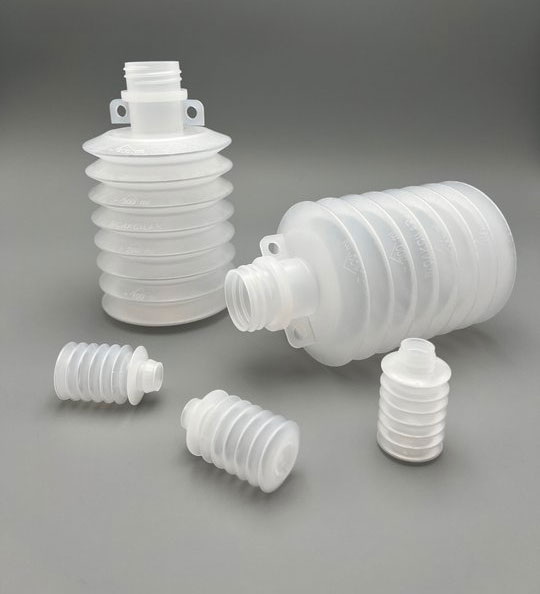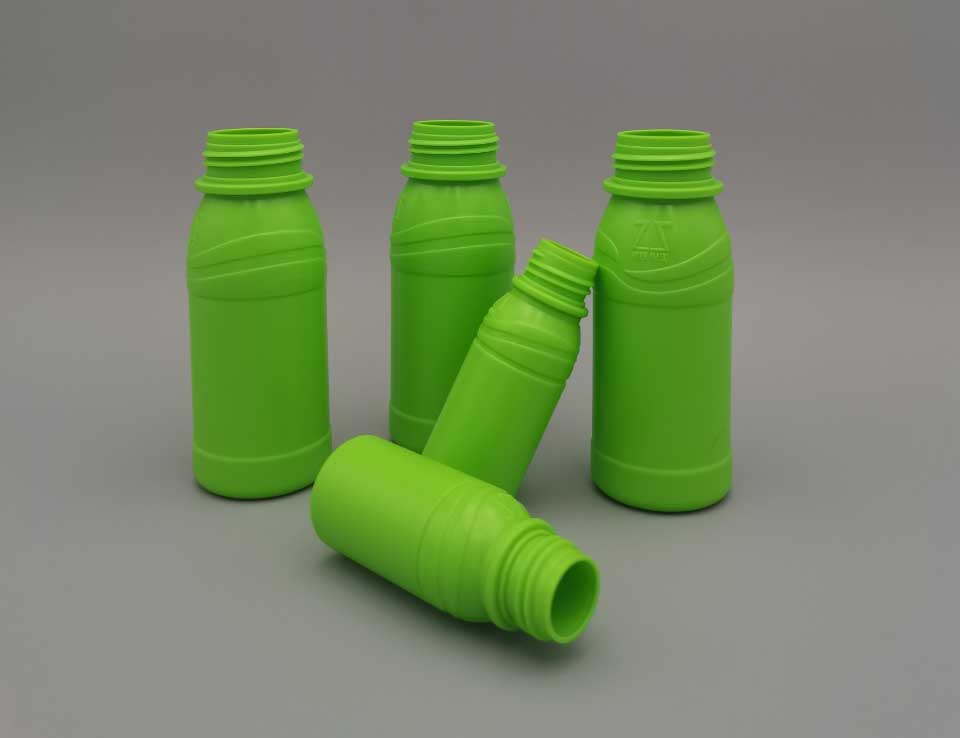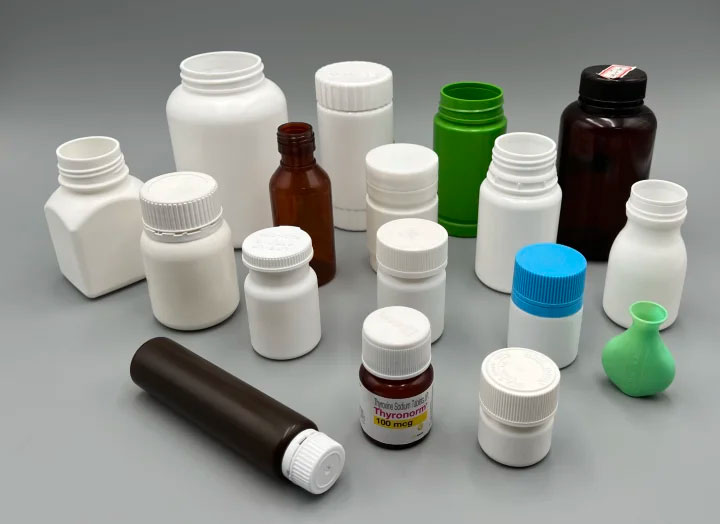How can Injection Blow Molding machines solve wall thickness problems?
Different products have different application scenarios, requiring varying characteristics, performance, layers, and wall thicknesses. Therefore, wall thickness control processes differ for different products during production.
Whether for single-layer or multi-layer plastic products, wall thickness control is essential. The only difference is that multi-layer products require more complex control—managing not only the thickness of each layer but also the adhesion between layers.
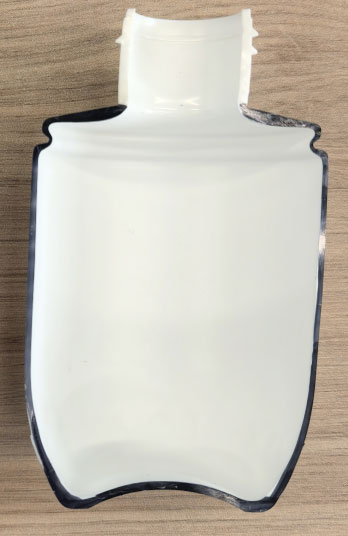
Two main approaches are used to control wall thickness in Injection Blow Molding (IBM) machines:
- Wall thickness controller
- Regulating equipment process parameters
1. Wall Thickness Controller
The wall thickness controller is the most common method, selected based on process requirements during machine design and production. It is integrated with the IBM machine to adjust product wall thickness in real time.
For complex cross-sections, the adjustment effect of a wall thickness controller is more limited than temperature or flow rate control, but it can still offer fast, energy-saving adjustments.
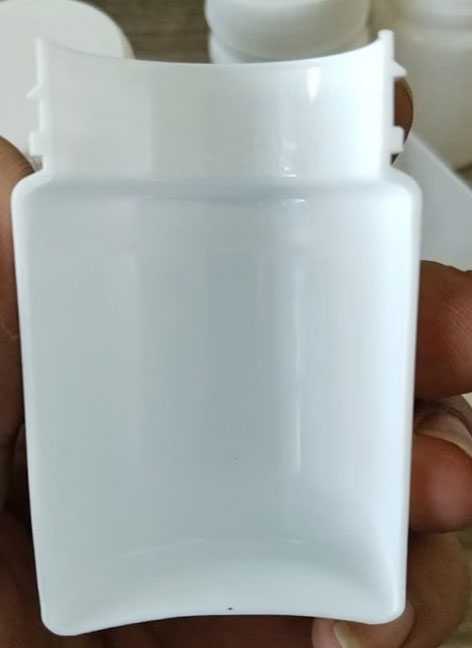
Ⅰ. Technical Requirements for Wall Thickness Control System
- Controls mold core gap opening/closing via a position servo system.
- Must accurately track set values and respond extremely quickly.
- Example: For a 10-point controller, each point may have only 0.5 seconds during extrusion; the system must respond within 0.05–0.1 seconds.
- Must ensure smooth contour curves via interpolation between control points.
Ⅱ. Control Principle
- Closed-loop feedback system including:
- Wall thickness controller
- Electro-hydraulic servo valve
- Action actuator
- Electronic ruler (gap measurement)
- The controller outputs voltage/current signals based on the axial thickness curve.
- Hydraulic servo drives mold core movement, adjusting the gap.
- The electronic ruler measures the gap and feeds the signal back to the controller for closed-loop adjustment.
2. Regulating Equipment Process Parameters
Ⅰ. Segmented Control of Die Gap (Axial Control)
- Multi-stage servo control
- 15–32 independent control points adjust mold lip gap (0.5–3mm) in real time to compensate for gravity sag.
- Too few points (<8) = weld seams; too many (>32) = delayed response.
- Gap reverse design
- Calculate mold mouth curve from target wall thickness using finite element simulation.
- Iterative correction to achieve ±5% error.
Ⅱ. Collaborative Control During Blow Molding Stage (Radial Shaping)
- Air pressure stretch matching
- Pre-blow at 0.8–1.2MPa, then high-pressure blow at 2.5–4.0MPa with synchronous axial stretching (0.5–1.2 m/s).
- Increase pressure in thick-walled zones by 20% to prevent cracking.
- Temperature zoning management
- Infrared heating zones with ≤2°C variation.
- Extended heating in thick zones, enhanced cooling in thin zones (water ≤15°C).
Ⅲ. Closed-Loop Intelligent Correction System
- Real-time monitoring & compensation
- Ultrasonic sensors measure wall thickness online and adjust mold gap/air pressure within ≤0.1 seconds.
- Fuzzy PID + iterative learning algorithms improve control robustness by 40%.
- Defect pre-intervention
- Machine learning predicts shrinkage-prone areas and increases local holding pressure in advance.
Key Control Parameter Optimization Table
| Control Objective | Technical Measures | Parameter Range |
|---|---|---|
| Axial uniformity | Segmented servo adjustment of die gap | 15–32 control points |
| Radial balance | Pre-blowing + high-pressure blow step pressurization | 0.8 → 4.0 MPa |
| Response speed | PLC-linked ultrasonic real-time feedback | Delay ≤ 0.1 seconds |
| Transparency guarantee | Rapid cooling in thin-walled areas (≤3mm) | Water temperature 5–10°C |
![Image Placeholder – IBM Wall Thickness Process Diagram]()
The importance of products with controllable wall thickness distribution for IBM's technological development
Controllable wall thickness distribution is a cornerstone for IBM’s advancement. It enables:
- Product consistency for premium packaging and high-precision components.
- Material efficiency, reducing plastic use while maintaining strength.
- Expanded design possibilities, including multi-layer barrier containers.
- Better performance, from durability to thermal resistance.
As brands demand higher product quality and sustainability, precise wall thickness control will remain a key differentiator for IBM technology.

